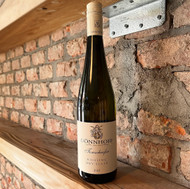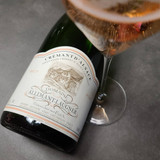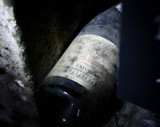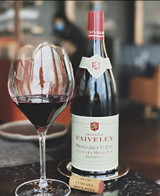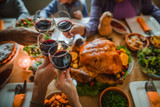Apr 7th 2025
Exploring the Elegance of Riesling: A Perfect Summer Wine
As the heat of summer settles in, picture yourself on a sunlit patio, a cold glass in hand filled with liquid sunshine. That's Riesling – a wine that puts summer in a bottle. You might be surprised to learn that even though Riesling has a sweet reputation, roughly 60% of German Rieslings made worldwide are dry. This chameleon white wine has been pleasing aficionados since the 1400s, with its ideal combination of crisp acidity, subtle floral scents, and degrees of sweetness that make it perfect for hot weather.
From dry, minerally wines that tango on the palate to sweet dessert wines, Riesling has something for everyone. We adore discovering this chameleon of the wine world, and for those interested in sampling its various forms, collections with examples from the world's top wine zones enhance the exploration process even further. Read on to learn more about Riesling this summer.
What Makes Riesling Special?
Riesling is distinguished in the realm of white wine by its unique combination of properties that oenophiles admire.
Natural Tartness
The first feature that helps make Riesling distinctive is its invigorating acidity. This natural tartness provides the wine with this bright sense of youthfulness, which dances on the palate and also provides stunning balance, mainly in the sweeter styles.
Aromatic Characteristic
Another hallmark quality of Riesling is its perfumed aromatic characteristics. When we bring a glass of Riesling to our nose, we are rewarded with a delightful flurry of floral notes—jasmine, honeysuckle, and apple blossom floating above the rim of the glass as an inviting first experience.
Versatility in Sweetness
What sets Riesling apart from other whites is its extraordinary versatility in the sweetness continuum. From bone-dry with laser-sharp acidity to dessert-style sweet, Riesling never loses its varietal identity while being suited to various winemaking styles. Riesling offers a world of variety in a single grape, unlike other whites with a narrower range.
Riesling’s Signature Flavor Profile
When we first taste Riesling, our taste buds are treated to an orchestra of tastes that render this grape really interesting.
Wide-Ranged Flavor
The main notes usually consist of sunny citrus fruits such as lemon and lime, fresh green apple, luscious stone fruits like peach and apricot, and frequently a hint of honey sweetness. What's so intriguing about Riesling is how outstandingly it can express minerality—as damp slate, river stone, or even a bit of petroleum flavor (commonly referred to as "petrol" in vintage Rieslings)
Influence of Climate
The taste profile of Riesling is significantly affected by where and how it's cultivated. In cooler climates such as Germany's Mosel, the wines lean towards green apple, citrus, and sharp mineral characteristics. Warmer climates, like Australia's Clare Valley, tend to yield Rieslings with more intense stone fruit flavors and possibly tropical flavors.
Dry v. Sweet Riesling
Understanding the difference between dry and sweet Riesling is key to finding your perfect match. Dry Rieslings present bright fruit flavors with little or no residual sugar and produce a crisp, clean finish. Off-dry and sweet Rieslings offset their sweetness with high acidity so that they never ever seem cloying. When choosing a Riesling, the percentage of alcohol can provide an informative clue – typically, lower percentages of alcohol (about 8-10%) define sweeter wines, whereas increased percentages (11-13%) define drier versions.
Where Is the Best Riesling Produced?
Riesling is celebrated worldwide for its versatility and ability to reflect the terroir of its growing region. Germany remains the undisputed heartland of Riesling, producing wines with unparalleled balance and minerality, particularly in regions like Mosel and Rheingau.
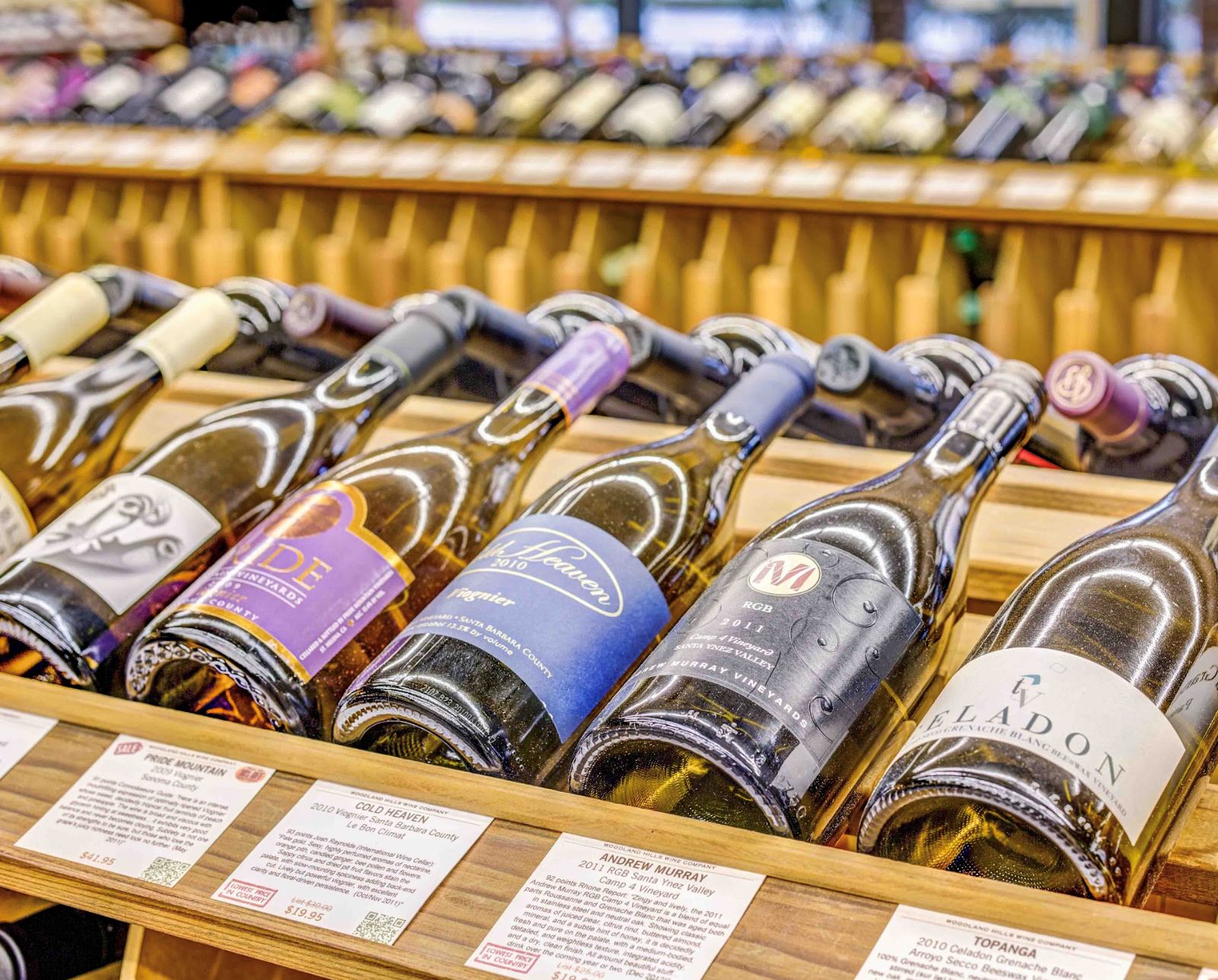
Germany
Germany is still the unchallenged home of Riesling, where the great grape has been grown for centuries. In Germany, there are certain regions that have gained legendary status for their outstanding German Riesling offerings. The steep slate slopes of the Mosel Valley yield ethereal, filigree wines with distinct minerality and impeccable balance.
France
Just over the border in France's Alsace, vintners produce a notably different style of Riesling. Alsatian Rieslings are generally drier, more full-bodied, and frequently possess more intense stone fruit flavors yet retain that telltale racy acidity.
Other Top Regions
Other regions of the world have also taken to Riesling to great success. In Austria, the Wachau Valley produces mineral-focused, precisely balanced Rieslings that can rival the great German wines. The Clare and Eden Valleys in Australia produce distinctive dry Rieslings that are lime-driven and have both a fresh and aging potential of varying degrees of success.
In the U.S., Washington State and the Finger Lakes of New York have emerged as significant Riesling regions. Each produces two styles, Old World and New World. Ready to explore a classic German Riesling against a crisp Alsace Riesling? Check out WHWC's selection of world-class Rieslings!
Why Riesling Is the Ultimate Summer Wine
Riesling is the quintessential summer wine, celebrated for its crisp acidity, modest alcohol content, and versatility in food pairings. Whether you're enjoying light salads or spicy barbecue, Riesling offers a refreshing complement to warm-weather gatherings.
Light Texture
To begin with, its crisp nature is ideally suited to balmy-weather consumption. The zesty acidity gives it a refreshing quality that few wines possess, rendering it incredibly gratifying when temperatures peak.
Modest Alcohol Level
Another plus Riesling contributes to warm weather drinking is its normally modest alcohol level. Most German Rieslings, especially those with a little residual sweetness, fall between 8-11% alcohol by volume, considerably below the 13-14% typical of most other white wines.
Natural Acidity
Lastly, Riesling's inherent acidity makes it very food-friendly, an important attribute for summer entertaining. Whether it's light salads, seafood grilled, or spicy barbecue, there is a Riesling style to match every dish.
The Best Food Pairings for Riesling
One of the biggest strengths of Riesling is its incredible capacity to be paired with a vast array of foods, so our first choice of wine for food pairing challenges is Riesling. The reason for this is that it has an ideal combination of acidity, sweetness, and fruit character that enables it to complement without overpowering different flavors.
Dry Riesling
Dry Riesling, with its tart acidity and mineral structure, is magic alongside seafood. Brightness in the wine cuts into salmon's richness, balances out white fish's dainty tastes, and can even handle the salty nature of raw oysters. Sashimi and sushi have a special match in dry Riesling because the crisp character of the wine does the delicate fish's freshness justice without dominating it.
Off-Dry Riesling
For fans of spicy foods, off-dry Riesling delivers the ideal antidote for calming heat without suppressing taste. Its slight sweetness serves as a counterbalance to the burn of Thai, Indian, and Mexican cuisine, while its acidity cleans the palate between mouthfuls. This makes off-dry Riesling one of the only wines that can hold its own against the multi-component spice profiles these cuisines are famous for.
Sweet Riesling
Sweet Riesling has a place at the close of your meal, to pair with dessert or serve in place of it. The honeyed sweetness of a sweet Riesling complements fruit desserts, especially those with stone fruits or apples.
Require the ultimate Riesling for your summer party? Scan WHWC's expertly curated list to get the perfect bottle!
How to Choose the Right Riesling for You
Exploring the realm of Riesling can be daunting at first, but knowing a few basic things will enable you to discover the ideal bottle for your taste.
Understanding Wine-Labels
One of the most significant considerations is sweetness level, which can range widely from bone-dry to lusciously sweet. German Riesling labels provide useful terminology that describes sweetness: "Trocken" signifies dry, "Halbtrocken" or "Feinherb" signifies off-dry, and "Lieblich" hints at a sweeter style.
Best Value vs Premium Rieslings
When looking at value vs. premium Rieslings, we've discovered that even basic bottles from reputable producers tend to yield phenomenal quality and typicity. As you spend more money, you tend to find more complexity, aging ability, and vineyard character.
Tips for Ageing
Talking of aging, Riesling is arguably the world's most age-worthy white wine. If you are a wine collector, try saving a few bottles to see this stunning transformation. The same high acidity that makes Riesling so crisp and refreshing also acts as a natural preservative, enabling fine examples to develop slowly and elegantly over decades.
Serving & Storing Riesling Like a Pro
To best enjoy Riesling's subtle fragrances and crisp nature, the right serving temperature is crucial.
Ideal Serving Temperature
We suggest serving most Rieslings at 45-50°F (7-10°C). This chilled-but-not-frozen temperature keeps the wine feeling fresh but still lets its aromatic nuance show itself to its full extent. If you have been keeping your Riesling in the refrigerator, try taking it out some 15-20 minutes ahead of time to let it come to room temperature slightly and express its full aromatic capacity.
Best Glassware for Enhancing Aromas
The glassware you choose can make a big difference in your Riesling experience. A medium white wine glass with a gentle taper towards the rim is helpful in concentrating aromatic compounds in the wine. Although there are specialist Riesling glasses out there (being smaller and tighter-rimmed to concentrate the aromas), any decent white wine glass will suffice.
Storing and Chilling of Riesling
For short-term storage, it is fine to store your Riesling in the refrigerator for a few weeks. For longer storage, Riesling is helped by the same conditions as other fine wines: a cool, dark place with consistent temperature (about 55°F/13°C), removed from vibrations and pungent odors. Riesling's acidity is high enough that it is more resistant to oxidation than most other white wines, and this provides it with great aging potential.
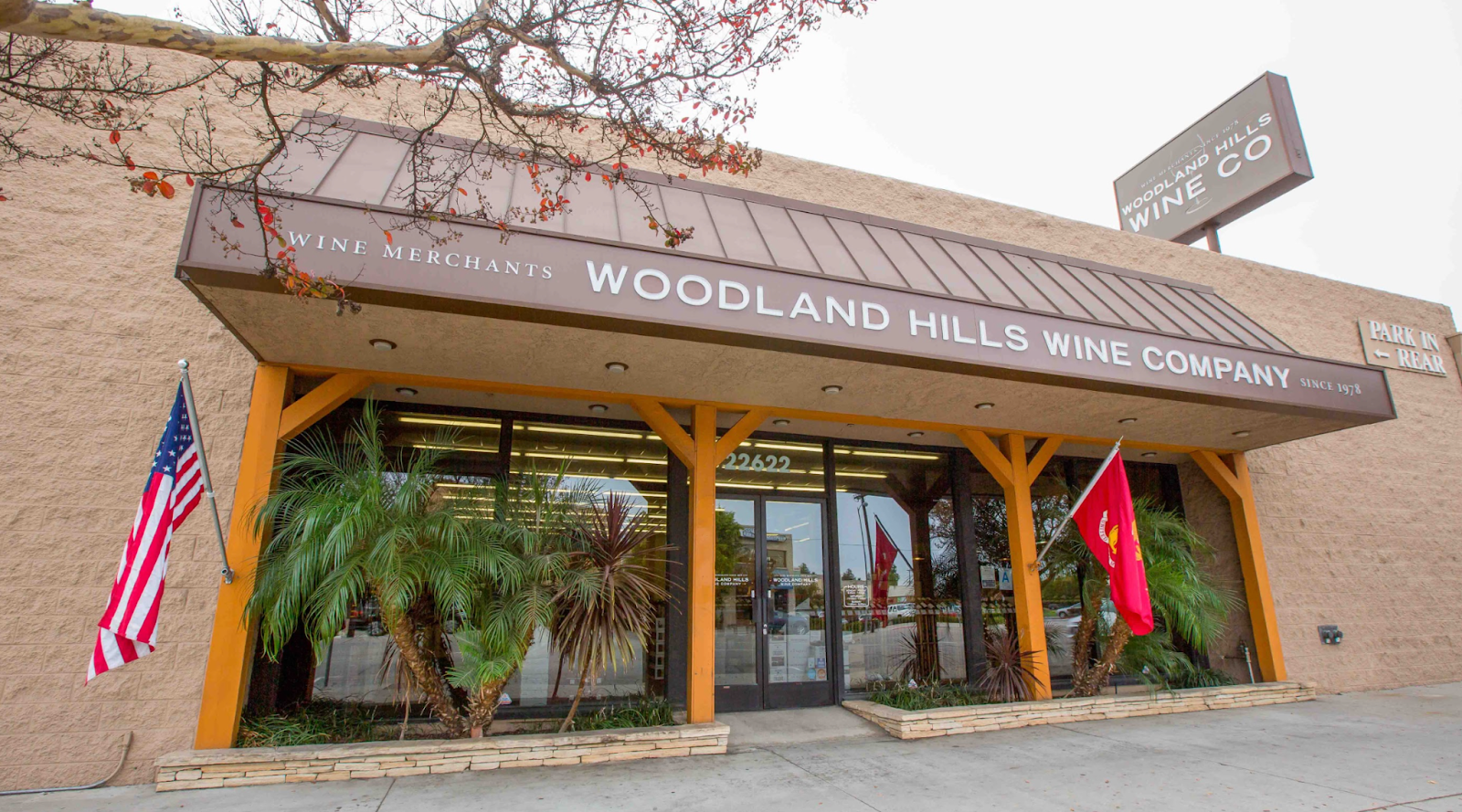
Happy Riesling with Woodland Hills Wine Co!
What distinguishes Riesling from all others is its versatility in satisfying nearly any palate. Whether you enjoy bone-dry wines with minerality or sweeter ones with luscious fruit, there's a Riesling out there that will charm your senses. This chameleon characteristic is also found in food pairing, where Riesling excels with anything from subtle seafood to hot ethnic dishes. There are few wines as versatile, so they should be a part of every wine enthusiast's repertoire.
Ready to taste the sophistication of Riesling? Discover WHWC's expertly curated selection and discover your new summer favorite. From dry and crisp to lush and sweet, you'll be sure to find a new love to complement your warm-weather enjoyment.


